"Unchecked development remains a priority in the famously un-zoned city, creating short-term economic gains for some, but long term flood risk for everyone."
Get Started for FREE
Sign up with Facebook Sign up with X
I don't have a Facebook or a X account
 Your new post is loading... Your new post is loading...
 Your new post is loading... Your new post is loading...

Savannah Rains's curator insight,
May 27, 2015 1:51 AM
This scoop shows an example of built environmental space. The highly urban and crowded Thailand has little green space. So why is this massive green park looking landmass there? Its a strictly environmental section of land to help water flow into the ocean. The people call it the "green lung" because its plants give off oxygen and provide a contrast from its urban sprawl. This article shows the importance that should be placed on having more strictly environmental places in big cities. 
Chris Costa's curator insight,
November 9, 2015 2:06 PM
It's interesting to see the mixture of natural and manmade landscapes in this image. Humans have an enormous influence on the world around us- we have moved entire rivers for our own purposes, reshaped entire regions. In China, we have literally made it rain. Therefore, it's nice to see remnants of the rich environments that used to cover the urban sprawls of many of the world's largest cities, like Central Park in New York. Bang Kachao in Bangkok is another example of this, a reminder of the richness of the region before it was overwhelmed by the urban development that has characterized Bangkok over the previous century. The oasis serves as a valuable tourist attraction, as Westerners come to enjoy the bike trails and small farming community within Thailand's green lung. Leave it to hipsters to travel halfway across the globe just to enjoy nature within the confines of one of the world's largest cities.
brielle blais's curator insight,
May 3, 2018 3:55 PM
This showcases how important physical geography is. This "green lung" breaks up the high urbanized Bangkok. This helps the environment thrive and helps to cut down of emissions that affect climate change which is a problem in some areas.
Sally Egan's curator insight,
December 7, 2014 4:27 PM
A very siual form using simple language to explain the meandering of rivers. Applicable to the course work on Hydrosphere. 
Jason Schneider's curator insight,
January 27, 2015 12:15 AM
So pretty much, the water controls rivers rather than particles controlling the river. Also, it appears that the motion and strength of the water causes rivers to bend and form in different curves. I'd like to think of it as a ball bouncing from side to side and every time it touches the border land of a river, it expands to the opposite side. However, when the water flow is hitting the side of a river, the opposite side is not getting any force from the water flow. In that case, the side that is not getting hit by the water flow slowly moves to the side that is being by the water flow causing river curves. 
GTANSW & ACT's curator insight,
June 1, 2015 2:07 AM
The geomorphic processes that produce landforms, including a case study of at least one landform
James Hobson's curator insight,
September 18, 2014 10:52 AM
(North America topic 7) This article uses the example of Louisiana's state highway signs, which show the outline of the state... well, according to data from the 1930s. While an updated sign isn't as pretty, it does bring about the truth that the landscape is changing, and on a larger scale this is true for the entire world, especially with influence from development and climate change. |

GTANSW & ACT's curator insight,
December 17, 2016 11:45 PM
Sometimes the natural world finds ways to adapt to human environmental changes. Useful when studying inland water / rivers for the option study.

Joaquín del Val's curator insight,
May 27, 2016 1:20 PM
Espectaculares imágenes de canales fluviales en Islandia

Gilbert C FAURE's comment,
January 24, 2016 11:09 AM
a new geography of europe! fascinating for politicians

Gilbert C FAURE's curator insight,
January 24, 2016 11:10 AM
une nouvelle géographie de l'Europe! pour les politiques!! 
Leonardo Wild's curator insight,
January 24, 2016 1:00 PM
But many roads didn't leave Rome ... a small detail that has been lost to history.

Sylvain Rotillon's curator insight,
January 7, 2015 5:47 AM
Wonderful pictures of rivers confluences

Jake Red Dorman's curator insight,
November 25, 2014 1:24 PM
El Sire Reserve in Peru is a river that has been monitored over the last 28 years. Every time I watch this short 6 second clip, I learn something different about how this river has changed. On the bottom of the screen, just past half way, the river just takes a huge short cut and cuts over and connects to a different part of the same river. This happens on the whole river too. there are 8 or 9 huge bends and curves in the river but by the end in 2012 there are only about 3 to 4 bends and curves. For some reason the water is taking short cuts and just leaving the spaces where the water used to run through and leaving it dry. 
Mathijs Booden's curator insight,
January 20, 2016 8:35 AM
This is such a tangible way of showing things that seem abstract on a static map.

Tom Franta's curator insight,
July 12, 2014 11:40 AM
Many geographers are aware that future water resource issues in the American Southwest will have political, cultural, and social impacts. What do you believe to be some approaching concerns after reading this article? |






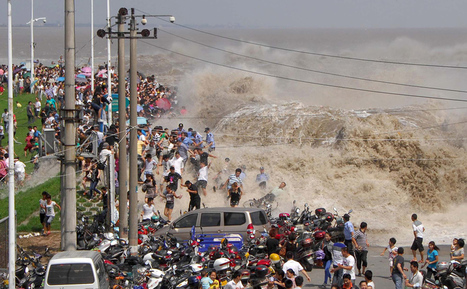



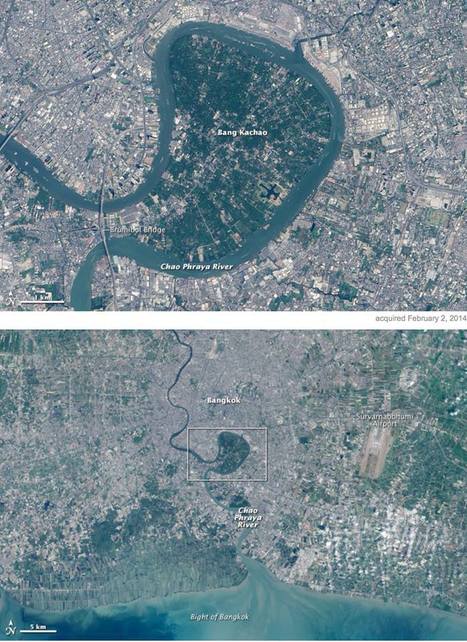


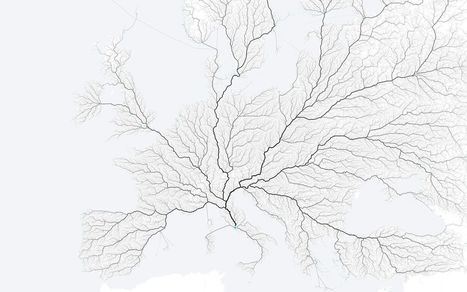
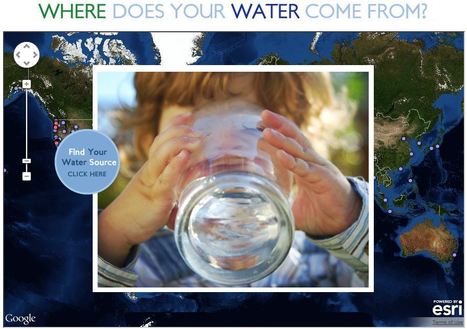

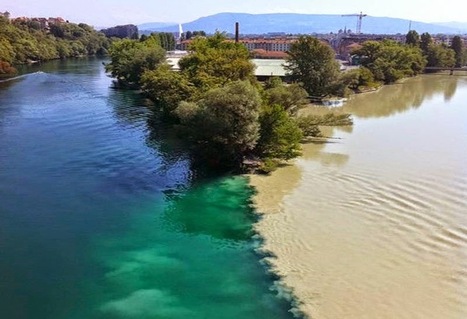

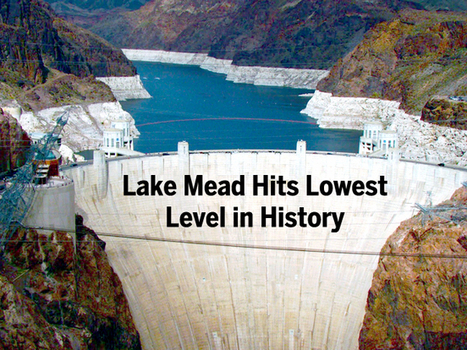





Houston's development boom and reduction of wetlands leave region prone to more severe flooding. Here is a great map of the change in impervious surfaces in the region from 1940 to 2017--when you combine that with record-breaking rainfall the results are catastrophic. But a local understanding of place is critical and this viral post--Things non-Houstonians Need to Understand--is pretty good.
Tags: physical, fluvial, water, coastal, urban, planning, transportation, architecture.
Un dossier sur les inondations à Houston (en anglais). La présentation est très originale.